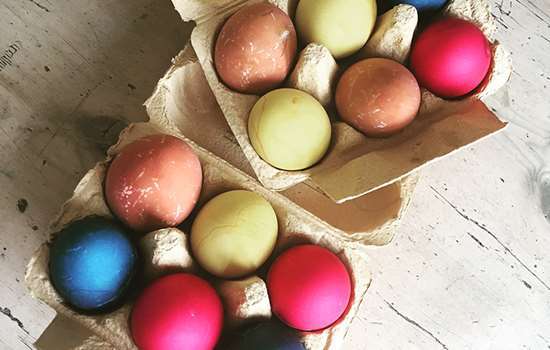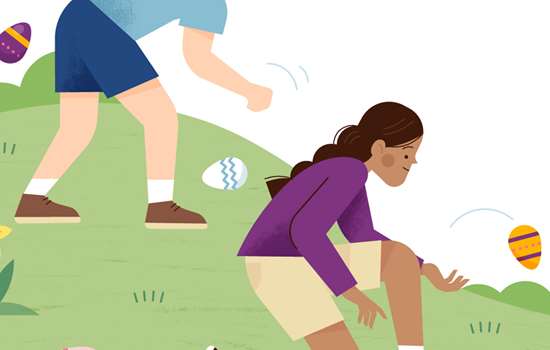More to explore
-

Five things you might not know about Easter
-

Why do we have easter eggs?
-

Traditional Easter Games